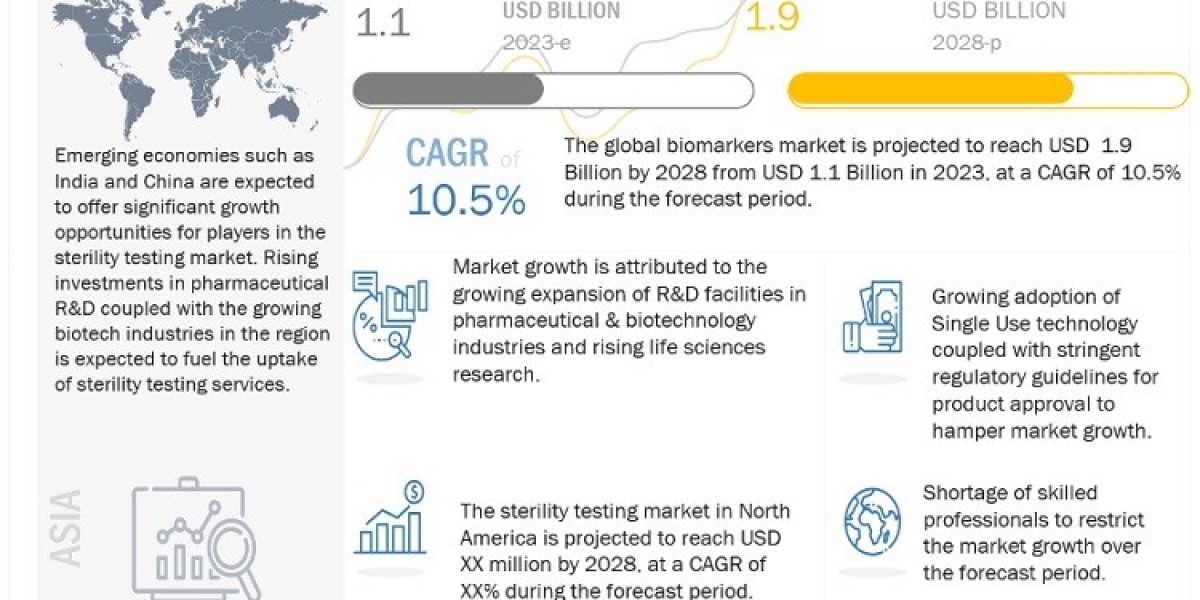Staying ahead of the curve in the ever-changing world of web development is essential for companies looking to have a strong online presence. One of the most influential front-end frameworks in web development today is Angular, which is created and maintained by Google. We will delve into the nuances of Angular development in this extensive guide, going over its salient characteristics, advantages, and ways that companies may use this technology to transform their online presence.
I. Understanding Angular: A Primer
1.1 What is Angular?
Angular is an open-source, TypeScript-based front-end web application framework developed by Google. It facilitates the development of dynamic, single-page web applications (SPAs) by providing a structured framework for organizing code and building interactive user interfaces.
1.2 Key Features of Angular
Angular comes equipped with a myriad of features that set it apart from other front-end frameworks. These include:
Two-Way Data Binding: Angular's two-way data binding ensures seamless synchronization between the model and the view, allowing for real-time updates without manual intervention.
Dependency Injection: The framework's dependency injection system promotes modular and maintainable code by facilitating the management of component dependencies.
Modular Architecture: Angular promotes a modular approach to development, encouraging the creation of reusable components that can be easily integrated into various parts of the application.
II. Advantages of Angular Development
2.1 Enhanced Productivity
Angular's declarative approach and extensive toolset contribute to increased developer productivity. Features such as Angular CLI (Command Line Interface) automate common tasks, streamlining the development process.
2.2 Improved Code Maintainability
With its modular architecture and component-based structure, Angular simplifies code organization and promotes reusability. This results in cleaner, more maintainable codebases that are easier to understand and update.
2.3 Cross-Platform Compatibility
Angular's design philosophy enables the development of applications that are not only responsive but also compatible across various platforms and devices. This cross-platform compatibility ensures a consistent user experience, irrespective of the device being used.
2.4 Strong Community Support
Angular boasts a vibrant and active community of developers, contributing to a wealth of resources, tutorials, and third-party libraries. This community support ensures that developers have access to solutions for common challenges and stay updated on best practices.
III. Angular in Action: Building Dynamic Web Applications
3.1 Creating Components
Angular applications are built using components, which are the fundamental building blocks. We'll explore the process of creating components, understanding their lifecycle hooks, and optimizing their performance.
Component Structure: The anatomy of an Angular component, including the template, class, and metadata.
Lifecycle Hooks: Understanding and leveraging lifecycle hooks for tasks such as initialization, data retrieval, and cleanup.
Component Communication: Exploring techniques for communication between components, including @Input, @Output, and services.
3.2 Routing and Navigation
Angular's powerful routing capabilities enable the creation of SPAs with seamless navigation. We'll delve into the configuration of routes, lazy loading, and guard implementation for secure navigation.
Route Configuration: Setting up routes for different components and defining route parameters.
Lazy Loading: Optimizing application performance by loading modules on-demand.
Route Guards: Implementing route guards to control access to specific routes based on user authentication.
3.3 Forms and Validation
Angular simplifies the handling of forms and validation, providing tools to create dynamic, responsive forms. We'll explore template-driven and reactive forms, along with best practices for form validation.
Template-Driven Forms: Creating forms using Angular's template-driven approach.
Reactive Forms: Utilizing reactive forms for complex scenarios and dynamic form controls.
Validation: Implementing client-side validation and leveraging Angular's built-in validators.
IV. Integrating Angular with Backend Technologies
4.1 RESTful API Integration
Angular seamlessly integrates with backend services through HTTP communication. We'll explore how to perform CRUD operations using Angular's HttpClient and handle asynchronous operations.
HTTP Requests: Making GET, POST, PUT, and DELETE requests with Angular's HttpClient.
Error Handling: Implementing robust error handling for HTTP requests.
Async Operations: Managing asynchronous operations using Observables and Promises.
4.2 Authentication and Authorization
Securing Angular applications involves implementing authentication and authorization mechanisms. We'll discuss token-based authentication, role-based authorization, and best practices for securing Angular applications.
Token-Based Authentication: Implementing authentication using JSON Web Tokens (JWT).
Role-Based Authorization: Controlling access to different parts of the application based on user roles.
Secure Communication: Ensuring secure communication between the Angular front end and backend services.
V. Optimizing Angular Applications for Performance
5.1 Lazy Loading and Code Splitting
Angular's built-in support for lazy loading and code splitting allows developers to optimize the loading time of their applications. We'll explore strategies for efficient module loading and code splitting.
Lazy Loading Modules: Loading modules on-demand to reduce initial loading times.
Code Splitting: Breaking down the application code into smaller, manageable chunks for optimized loading.
5.2 Ahead-of-Time (AOT) Compilation
AOT compilation is a key feature of Angular that improves runtime performance by converting templates to highly optimized JavaScript during the build process. We'll delve into the benefits and implementation of AOT compilation.
Benefits of AOT Compilation: Improved performance, smaller bundle sizes, and enhanced security.
Implementing AOT Compilation: Configuring the build process to leverage AOT compilation.
5.3 Caching and CDN Integration
Efficient caching strategies and Content Delivery Network (CDN) integration further enhance the performance of Angular applications. We'll explore caching mechanisms and the integration of CDNs to deliver content faster to users.
Caching Strategies: Implementing client-side and server-side caching for static assets.
CDN Integration: Leveraging CDNs for faster content delivery and reduced latency.
VI. Real-World Applications of Angular Development
6.1 E-Commerce Platforms
Angular's robust architecture and performance optimization features make it an ideal choice for building e-commerce platforms. We'll explore how Angular can be utilized to create responsive, feature-rich online shopping experiences.
Product Catalogs: Displaying dynamic product catalogs with seamless navigation.
Shopping Carts: Implementing interactive shopping carts with real-time updates.
User Authentication: Ensuring secure user authentication and authorization for transactions.
6.2 Enterprise Resource Planning (ERP) Systems
Angular's modular structure and scalability make it well-suited for developing enterprise-level applications. We'll discuss how Angular can be employed to build comprehensive ERP systems with rich functionality.
Modular Architecture: Designing ERP modules for various business processes.
Data Visualization: Utilizing Angular for dynamic data visualization and analytics.
Integration with Backend Systems: Seamless integration with backend APIs and services.
6.3 Social Networking Platforms
Building dynamic and interactive social networking platforms requires a robust front-end framework. We'll explore how Angular can be used to create engaging social networking applications with real-time updates and interactive features.
Real-Time Updates: Implementing WebSocket communication for real-time notifications.
User Profiles and Interactions: Designing user-friendly profiles and interactive features.
Content Sharing: Enabling users to share multimedia content seamlessly.
VII. Future Trends in Angular Development
7.1 Coding Standards and Guidelines
Following coding standards and best practices is essential for maintaining a clean and efficient codebase. We'll outline key coding standards for Angular development and discuss tools for code analysis.
Naming Conventions: Adopting consistent naming conventions for components, services, and modules.
Code Analysis Tools: Leveraging tools like TSLint and ESLint for code analysis and improvement.
7.2 Progressive Web Applications (PWAs) with Angular
Progressive Web Applications (PWAs) represent the future of web development, providing enhanced user experiences and offline capabilities. We'll explore how Angular supports the development of PWAs and the steps involved in creating them.
Service Workers: Implementing service workers for offline support and background synchronization.
App Manifests: Configuring app manifests for a more app-like experience on mobile devices.
7.3 Micro Frontends and Microservices Architecture
As businesses scale and evolve, the need for scalable and maintainable architectures becomes paramount. We'll discuss the concepts of micro frontends and microservices and how Angular can be part of a larger ecosystem.
Micro Frontends: Breaking down large applications into smaller, independently deployable units.
Microservices Integration: Collaborating with microservices on the backend for a cohesive application architecture.
Conclusion:
Angular is a powerful tool in the web development space that provides a wide range of capabilities and tools for building scalable, responsive, and dynamic apps. Through a thorough comprehension of Angular development and the application of optimal methodologies, enterprises may transform their online presence, providing outstanding user experiences and maintaining a competitive edge in the always changing digital terrain. Looking ahead, the Angular ecosystem's continuous expansion holds even more innovations and opportunities for companies and developers.







